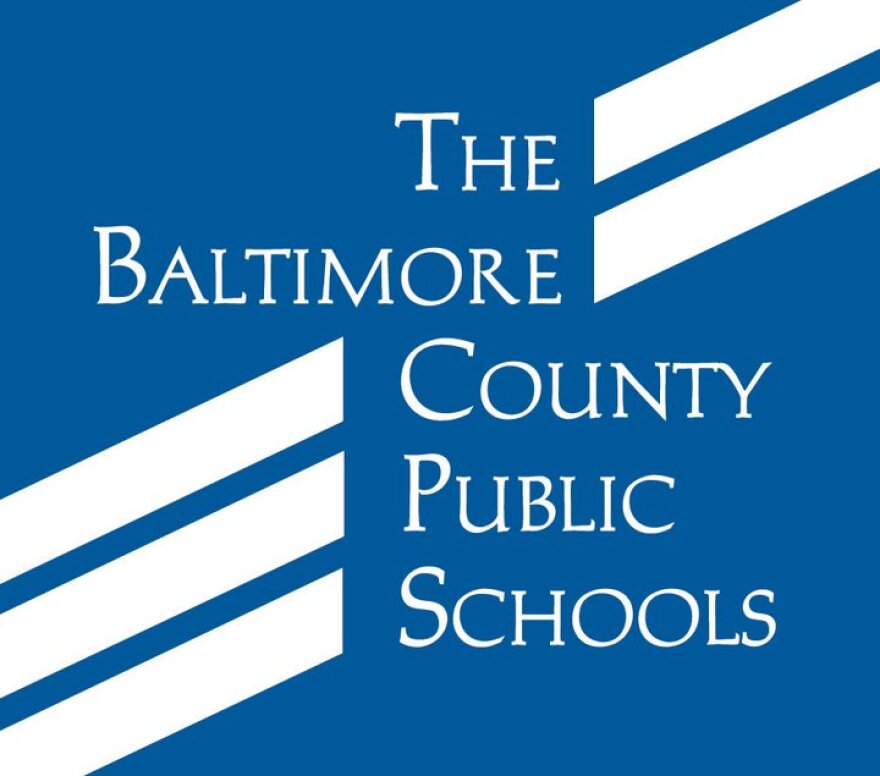After months of meeting virtually, the Baltimore County School Board will hold its first hybrid meeting Tuesday. Some members will be back in the board room, while others will continue to join the meeting virtually.
The motivation for the shift to hybrid meetings is being questioned by board members and the teachers’ union, who point out it is coming just as county teachers must return to classrooms.
“I think that there are a number of board members who want schools open, and they want teachers in the classroom,” board member Lily Rowe said. “But let’s face it, it looks a little hypocritical if we’re forcing teachers to go back in the classrooms but the board itself isn’t meeting in person.”
Board member Kathleen Causey said the board was considering making the change to hybrid meetings last fall, but it was derailed by the November ransomware attack that crippled the school system.
“It is the timing of the ransom attack that delayed us being able to have those meetings hybrid sooner than this,” Causey said. “Certainly, it’s appropriate that the board is able to meet in a hybrid fashion.”
Both Causey and Rowe said they are speaking for themselves and not for the board.
In a statement, school board chair Makeda Scott said, “Our first hybrid meeting is another step forward for the Board of Education and for Baltimore County Public Schools.”
The board voted 7-4 at its February 23 meeting to move to hybrid meetings. Scott voted against it.
Rowe opposed it as well. She said she will continue joining the meetings virtually because her elderly mother is living with her and she doesn’t want to put her at risk.
“Why would I keep my whole family isolated, keep my kids on virtual, not go to church, not go to stores, be completely isolated and then attend a board meeting with people who are not isolating themselves?” Rowe asked.
Cindy Sexton, president of TABCO, the Teachers Association of Baltimore County said the board’s decision not to have all members meeting in person looks hypocritical.
“Because we are asking educators and all staff to be back in buildings, on buses, lunchrooms, everything with the students, and then we hear that the board is not ready or willing to be in their board room for less time than our educators are in buildings with our students,” Sexton said.
Last week, the school system began a phased-in return of students and teachers to the classroom. Students have the option to continue virtual learning. Teachers do not. They must return to the classroom. The teachers’ union wants educators who have health issues to be able to continue to teach virtually.
Michael Zarchin, the school system’s chief of climate and safety, told the board that the boardroom is limited to 10 members because of county COVID restrictions. That’s why the meetings have to be hybrid; there are 12 members on the board.
But county spokesman Sean Naron disputed that.
In an emailed statement, Naron said, “As long as individuals can socially distance and wear their face coverings, there is a place for individuals to wash their hands, and a copy of the MDH (Maryland Department of Health) recommendations for social distancing is posted in a place where folks can see, more than 10 people would be able to attend an in-person meeting.”
Under the hybrid meeting plan, Superintendent Darryl Williams and half of the 12-member board can attend in person. Everyone must be socially distanced and wear masks.
School system staffers and members of the public will attend virtually.
School board meetings are notorious for lasting four hours or longer. Zarchin cautioned against letting hybrid meetings drag on.
“The duration of meetings would be recommended to be as brief as possible,” Zarchin said.
Causey said she is not concerned about the length of the meeting because proper CDC safety guidelines will be followed.
“We have educators in buildings for six hours a day, and so I don’t have a problem being in the board meeting,” Causey said. “We have a lot that is going on. We have things that are evolving. The work needs to take the time it takes.”



